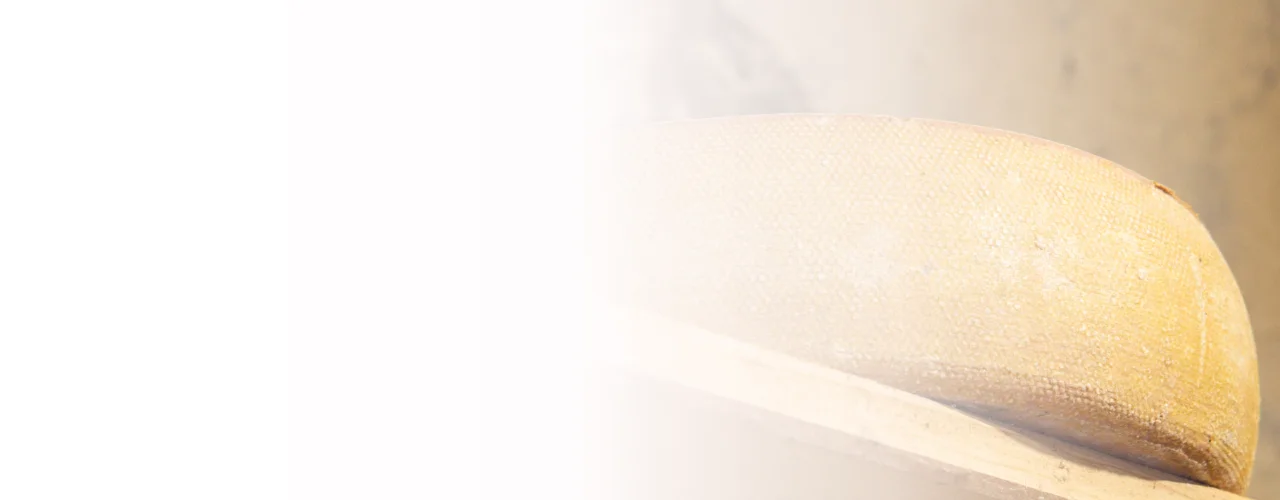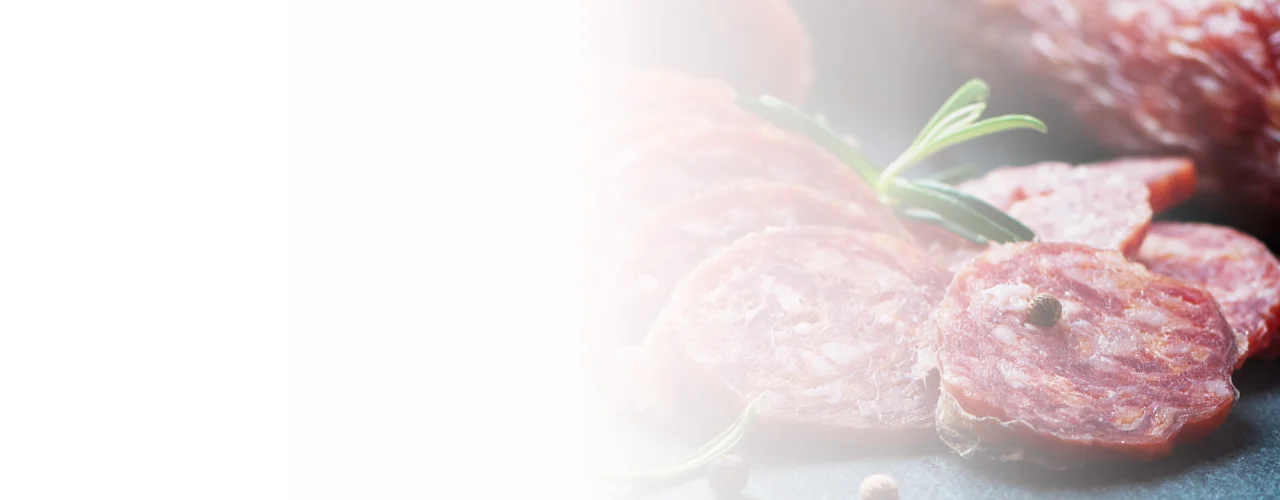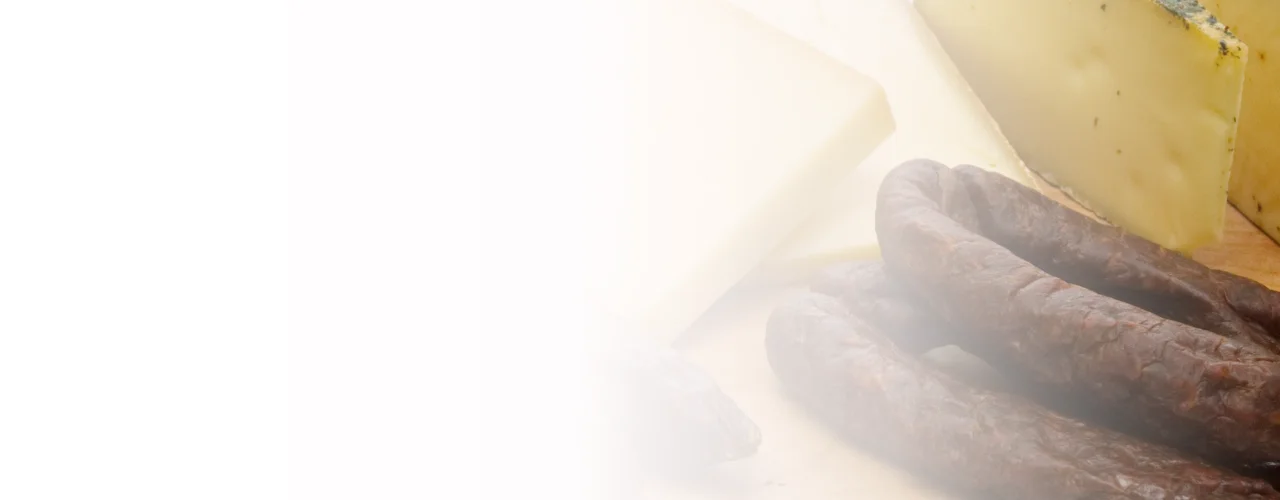Mold cultures in cheese
The noble mold with the cheese
MoldThis is a soft cheese with noble mold outside and blue mold in the cheese dough. The soft cheese has two different mold cultures. » More info culturesCheese cultures consist of various bacteria. Cheese cultures are an indispensable part of alpine dairies as well as valley dairies. » More info are aroma-forming noble molds that grow on the surface (white noble mold) or inside a cheese (blue and green mold).
There are several different types of mold available for surface treatment. They provide different growth behavior under comparable conditions and help to protect the cheese surface from infestation by unwanted molds.
The cultures intensify the cheese flavor and can contribute to increasing the pH at the end of the maturation periodThe milk period is also called the lactation period. It is the time when farm animals such as cows, sheep or goats keep milk for milk production. » More info.
Small overview of mold cultures
- Mold cultures white and blue
- Mold – ABL White – 10 D (Lyo) mold mix, very dense (Lyo)
- Mildew – HP6 White – 10 D (Lyo) White mildew medium high
- Mold – PC 22 White – 10 D (liquid) Very fast-growing mold mixture (liquid). Durable at + 4 ° C = 8 weeks, at -18 ° C = 6 months
- Mold – PRB 6 Blue – 5 D (liquid) Blue mold for all blue cheeseIn cheese making process additional holes are made in the paste which leads to the additional supply of oxygen to mold cheese to promote the formation of molds. » More info. If the cheese is to grow inside, the cheese must be piqued after the salt bath. This mold grows even at low temperatures.
- Mold – SAM 3 White – 10 D (Lyo) White mold dense (Anti – Mucor – strain)
- Mold P. roqueforti PV 10 D (Lyo)
- Schimmel P.candidum NR 1D (Lyo)
- Mold SC Lyo 1D (Lyo)


















